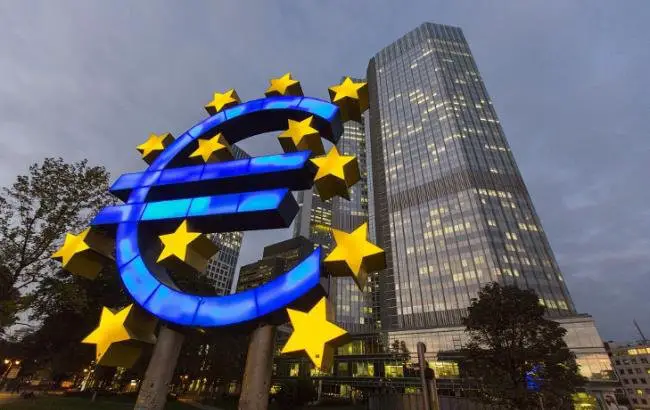Staff Reporter
The European Central Bank (ECB) could be gearing up for more aggressive easing measures, according to Validus Risk Management.
Analysts are concerned about trade disruptions and slowing economic growth as policymakers deliberate their next steps.
“Sluggish economic growth, coupled with ongoing EU-US trade tensions, may encourage the ECB to implement aggressive monetary easing to bolster domestic growth,” stated Harun Thilak, Head of Capital Markets (North America) at Validus Risk Management.
In April, the ECB cut rates for the seventh time since June 2024, lowering the deposit facility rate to 2.25%. This move followed a disinflationary trend, with headline inflation dipping to 2.2% in March 2025 and core inflation down to 2.4%, the lowest level since early 2022.
Recent data revealed that consumer prices in the eurozone rose less than anticipated in May.
The eurozone Consumer Price Index (CPI) increased by 1.9% year-over-year, falling short of the ECB’s 2.0% target midpoint and down from 2.2% in April.
The ECB is set to meet again on Thursday, where another 25 basis point interest rate cut is expected.
While the ECB has historically adopted a cautious stance on monetary policy, Validus has observed a shift in tone. “The ECB has maintained a data-dependent approach, but its removal of references to restrictive monetary policy indicates a move toward a less contractionary approach,” Thilak noted.
The firm also highlighted that the euro’s strength faces risks from potential trade disruptions, sluggish growth, and a more aggressive accommodative policy from the ECB.
Year-to-date, the euro has appreciated nearly 11% against the USD, but Thilak warns that a stronger euro poses challenges for the EU’s export-driven economies, especially amid ongoing trade volatility.
Trade tensions are still a major concern. “The US administration threatened to impose 50% tariffs on EU imports starting June 1, but pushed back the deadline to July 9 following a productive conversation with the European Commission,” Validus reported.
For dollar-based investors, Thilak suggested that they “can hedge against potential EUR weakness through FX forwards, which are currently at very attractive levels.”

